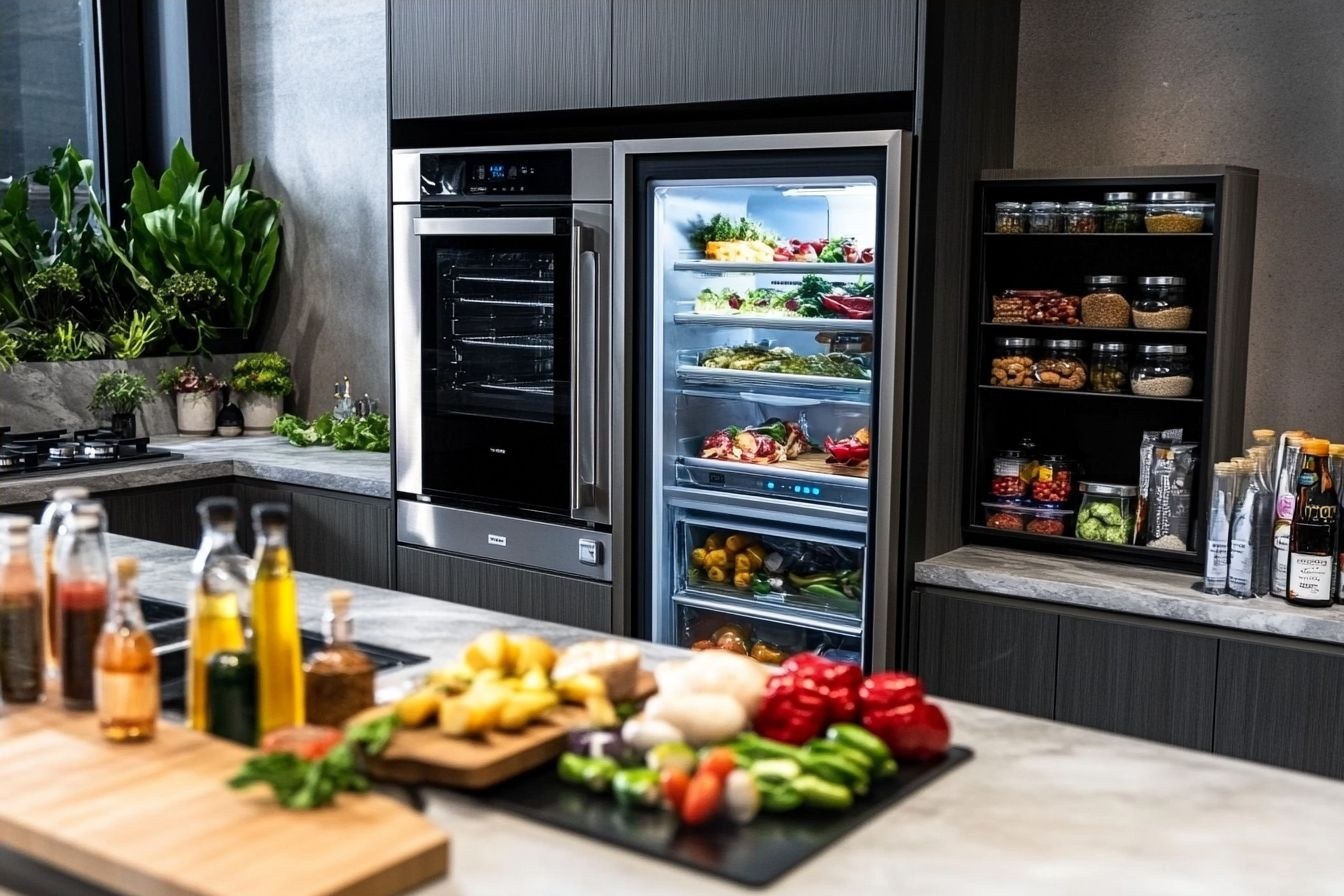Vacuum sealer models and basic uses for home kitchens
A vacuum sealer is a compact kitchen device that removes air from packaging to extend the shelf life of food and reduce waste. Home cooks, meal preppers, and anyone interested in preserving seasonal produce can use a vacuum sealer for more organized food storage and longer-lasting ingredients without relying on excessive plastic wrap or freezer burn.

What is a vacuum sealer?
A vacuum sealer is a kitchen appliance that extracts air from specially designed bags or containers and seals them to create an anaerobic environment. By removing oxygen, the machine slows oxidation and inhibits many spoilage organisms that need oxygen to grow. Models range from simple handheld units to countertop systems with built-in cutters, impulse sealers, and pulsing vacuum functions for delicate items. Many vacuum sealers accept pre-cut rolls or plastic bag accessories designed to be heat-sealed after evacuation. The basic mechanics are straightforward: place food in a bag, position the open end in the sealing channel, start the cycle, and the unit vacuums and seals automatically.
How vacuum sealers help food storage
Vacuum sealing reduces the amount of air around food, which limits freezer burn and moisture loss during long-term storage. This can make frozen meats, bread, and prepared meals more compact and easier to stack, improving organization in freezers and pantries. For short-term storage in the refrigerator, sealing can slow the degradation of cut fruits, cheeses, and leftovers. Vacuum-sealed portions are convenient for portion control, bulk purchases, and meal prepping: users can divide bulk items into meal-sized bags and keep them fresh for months in the freezer instead of days on the shelf.
Is a vacuum sealer a useful kitchen appliance?
As a kitchen appliance, a vacuum sealer brings efficiency to food management: it reduces waste, saves freezer space, and helps maintain ingredient quality. For households that cook in bulk, preserve garden produce, or buy meat in larger quantities, the time and cost savings from reduced spoilage can be measurable. Smaller kitchens benefit from compact models that sit on countertops or in cabinets. Considerations when choosing a model include sealing strength, ease of cleaning, compatibility with reusable containers or jars, and whether the appliance supports moist vs. dry settings for different food textures.
Can vacuum sealing improve food preservation?
Vacuum sealing improves food preservation by slowing processes like oxidation and minimizing exposure to airborne contaminants. It is effective for many foods but not all: some fresh mushrooms, soft cheeses, and certain produce that release gases (like ripe bananas) may not fare well when sealed in a strictly oxygen-reduced environment. Vacuum sealing paired with refrigeration or freezing provides the best results for most proteins and prepared dishes. For long-term preservation, combining vacuum sealing with freezing offers significant extension of shelf life compared with conventional wrapping, while refrigerated vacuum-sealed foods can stay fresher several days to weeks longer depending on the item.
What about plastic bag use and types?
Vacuum sealers typically use compatible plastic bags or rolls made to withstand the sealing temperature and vacuum pressure. There are single-use bags and reusable options designed for vacuum systems; some are dishwasher-safe and can be used with compatible sealers. Bags come in textured or embossed styles to allow air channels that assist vacuuming; smooth bags may not draw down evenly. For environmental considerations, use thicker reusable bags when possible and seek recyclability information from manufacturers. When sealing liquids, partial freezing or using a pulse vacuum function helps prevent liquids from being sucked into the pump. Always follow manufacturer guidance on bag types and safe usage to avoid damage to the sealer or compromised seals.
Conclusion
A vacuum sealer is a practical tool for improving food storage and preservation in home kitchens. It reduces air exposure, helps prevent freezer burn, and makes portioning and organization easier. Choosing the right model and compatible plastic bag types, and understanding which foods benefit most, will help you get the expected shelf-life improvements while minimizing waste and maintaining food quality.





